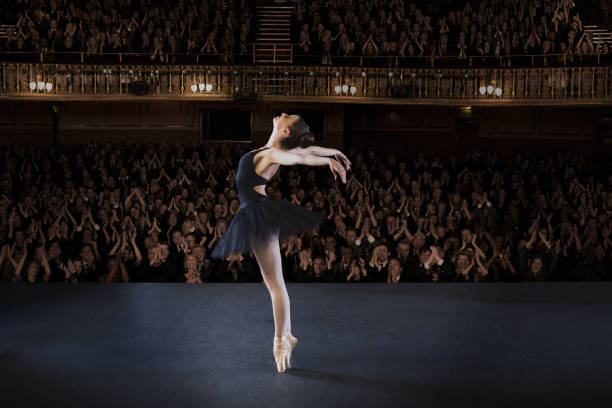Contemporary Ballet: A Dance Between Tradition and Innovation
Introduction: Delving into the world of contemporary ballet, we explore its origins, its modern-day evolution, and its profound impact on the global cultural landscape. This article delves deep into this captivating dance form, shedding light on its past and present, while also speculating on its promising future.

Historical Backdrop: From Classic to Contemporary
The ballet we know and love today has its roots in the royal courts of the Renaissance. However, the transition from classical ballet to contemporary ballet emerged in the 20th century. This new dance form sought to break free from the strict confines of classical ballet, allowing dancers to express themselves more freely and incorporate a wider range of movements.
Modern Manifestations: The New Age of Ballet
Today’s contemporary ballet is a melting pot of various dance forms. It borrows elements from classical ballet, modern dance, and even jazz, offering a rich tapestry of movements and expressions. This fusion has led to innovative choreography, unconventional staging, and a more diverse repertoire that pushes the boundaries of what ballet can be.
Impact and Reception: A New Language of Expression
Contemporary ballet’s distinct blend of tradition and innovation has not only reshaped the landscape of ballet but also paved the way for a new language of expression. It has expanded the dance vocabulary, given artists more creative freedom, and opened up new avenues for storytelling. Its reception has been largely positive, with audiences and critics alike appreciating its ability to evoke emotions and tell stories in a novel, compelling manner.
Recent Developments: Ballet in the Digital Age
In the age of digital media, contemporary ballet has found new platforms and audiences. Social media has allowed dancers to showcase their talent and creativity to a global audience. Moreover, digital performances, live streams, and virtual classes have democratized access to this art form, making it more accessible to people around the world.
The Future Beckons: Where To From Here?
With its dynamic nature, contemporary ballet continues to evolve, adapt, and innovate. As it ventures into the future, it is likely to incorporate more elements from other dance forms, explore new themes and narratives, and leverage technology to reach even wider audiences. But at its core, it will always remain a dance form that values expression, creativity, and the human spirit.
In conclusion, contemporary ballet is a testament to the evolution of artistic expression. It is a dance form that respects its roots while embracing change and innovation. As it continues to push boundaries and redefine norms, it is set to remain a vital and vibrant part of the global arts scene for years to come.




